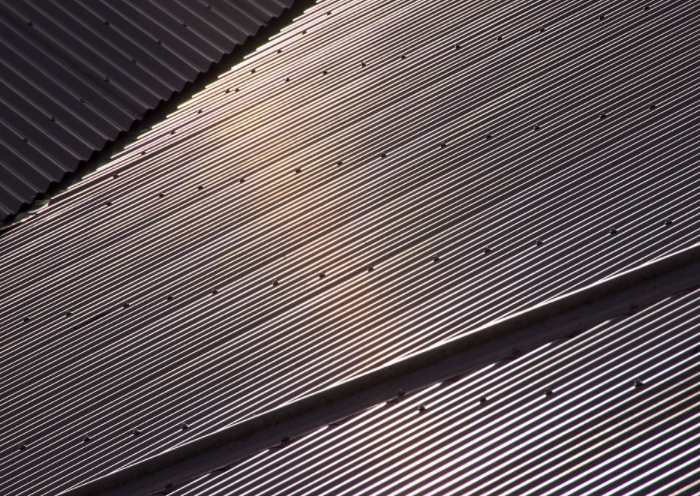If you are a person who likes to contribute to the health and environmental sustainability, creating environmentally friendly enclosures is a great way to keep this hobby going. You can check out finehomesandliving.com to read about the many options for green roofing systems. Your choice depends on your personal preferences, budget, and other aspects.

By speaking with a professional roofer, you can learn about each of the green roofing options that best suit your home’s specific needs. Among the most typical and environmentally friendly roofing methods are best known in the residential and industrial markets. Below is a list of eco-friendly roofing materials and the features that make them safe for the environment and surrounding ecosystems.
Asphalt Shingles
This is one of the most profitable and common rooftop opportunities. They are considered the least attractive and do not last as long as other roofing materials, but are made of natural materials and therefore absolutely ecological. Although they are made of trees, they are friendly because they decompose, unlike oil solutions. If well cared for, they will last a long time, but shaking wood is a fire hazard.
Metal
Metal recycling reduces the need to extract decreasing rates of organic mineral residues. A timeless metal roof remains valuable and useful and can be straightened infinitely. Metal roofs are very popular among people looking to save on electricity bills. A metal roof means that you should spend less on air conditioning bills because it means cash in a warm environment. However, metal roofs will stay around for quite some time and do not require Denver’s regular repairs. Metal also does a great job of protecting your home from the weather.
Clay
Clay tiled roofs can also be called “terracotta” by small businesses. They are made with organic resources, mainly clay and water, which is 100% organic. They should be more careful when choosing a roof, but they are somehow toxic when discharged into pure water sources in pairs. Clay is just earth, so you will have no difficulty decomposing it. The critical disadvantage of tiles and concrete is that they are fragile and brittle material. They offer a very high level of safety but are responsible for decomposition and require a fantastic roof to support your roofing materials’ high load.
Wood Shakes and Fiber Cement
This component is derived from natural trees, which makes it 100% ecological and safe for the environment. Cedar is the most commonly used substance for shaky wooden roof systems, but other wood species are commonly used. Just make sure you choose FSC certified wood. Fiber cement panels are an excellent alternative for green roofs, as they are mainly made of biodegradable cement and cellulose fibers.

